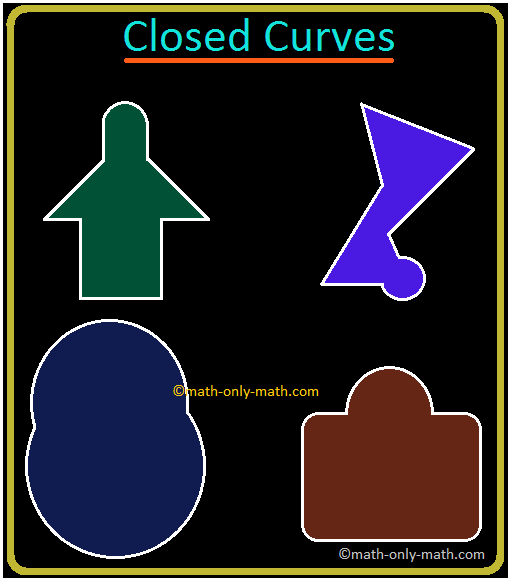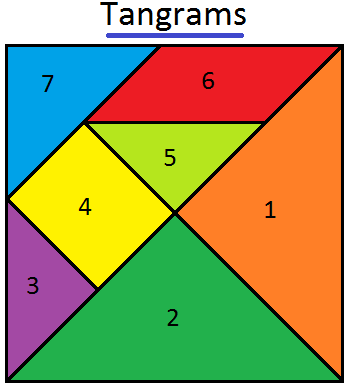Significant Figures
In rounding off significant figures or significant digits we will be very useful because it enables us to simplify complex calculation.
We will about……..
● Rules to find the number of significant figures
● Rounding off a decimal to the required number of significant figures
● Round off to a special unit.
What are Significant figures?
If we have to find the speed of car with the help of speedometer, we observe that the speed lies between 92.4 km/hr and 92.5 km/hr. By close observation, we can say approximately that the speed of car is 92.46 km/hr. The last digit 6 is however uncertain.
Thus, significant figures are all certain digits in a measurement plus one uncertain digit. The use of significant figures in measurement and value is a form of rounding.
Thus, in the above example, we say that 92.46 km/hr has four significant figures.
Rules for finding the number of significant figures:
1. All non–zero numbers (1, 2, 3, 4, 5) are always significant.
For example;
● 1325 has four significant figures
● 235.14 has four significant figures
2. All zeros between non-zero numbers are always significant.
For example;
● 204.003 has six significant figures.
● 50.00 has four significant figures.
● 51.02010 has seven significant figures.
3. In a decimal number which lies between 0 and 1, all zeros which are to the right of the decimal point but to the left of non-zero number are not significant.
For example;
● 0.00247 has only three significant figures.
● 0.002030 has four significant figures.
4. In a whole number if there are zeros to the left of an understood decimal point but to right of a non-zero digit the case becomes doubtful.
In the number 402000, there is a understood decimal point after the given six digits. There are 3 zeros that lie to the left of the understood decimal point but to the right of a non - zero number so the case becomes doubtful.
If it is expressed as 4.02 × 10⁵, it becomes clear and we can say that 4.02 × 10⁵ has 3 significant figures. It is expressed as 4.020 × 10⁵, then the number of significant figures is 4.
5. When a decimal is round off to a given number of decimal places, all the final zeros in a decimal number are significant.
For example;
If we round off 6.785 to two decimal places, we get 6.80 which has 3 significant figures.
Rounding off decimals to the required number of significant figures:
Rounding off the number correct to three significant figures
(1) 53.214 → It has 5 significant figures.
To round off it to 3 significant digits, we required to round it off to 1 place after the decimal.
Therefore, 53.214 = 53.2 rounded off to 3 significant figures.
[The digit in hundredths place is 1 which is less than 5. So, the digit in the tenths place remains 2 and the digits 1 and 4 disappear.]
(2) 4.3062 → It has 5 significant figures. To round it off to 3 significant figures we round it off to the 2ⁿᵈ place after the decimal point.
So, 4.3062 = 4.31 correct to three significant figures.
(3) 30.002 → It has 5 significant figures. To round it off to 3 significant figures, we required to round it off to 1 decimal place after the decimal point.
30.002 = 30.0 correct to 3 significant figures.
(4) 0.0001378 → It has 4 significant figures. To round it off to 3 significant figures, we require to round it off to 6 decimal places after the decimal point 0.0001378 = 0.000138 correct to 3 significant figures.
(5) 0.0001366 → It has 4 significant figures. To round it off to 3 significant figures, we require to round it off to 6 decimal places after the decimal point.
0.0001366 = 0.000137 correct to 3 significant figures.
(6) 7.304 → 7.30 correct to 3 significant figures.
(7) 4.888 → 4.89 correct to 3 significant figures.
(8) 5.999 → 6 correct to 3 significant figures.
Examples to round off the following measurements:
(i) 1273.866 kg correct to 6 significant figures. It has 7 significant figures. To round it off to 6 significant figures, we round it off to 2 decimal place after the decimal point.
Therefore, 1273.866 = 1273.87 correct to 6 significant figures.
(ii) 203.102 g correct to 4 significant figures. It has 6 significant figures. To round it off to 4 significant figures, we round it off to 1ˢᵗ decimal place after the decimal point 203.102 = 203.1 correct to 4 significant figures.
(iii) 1.0718 mg correct to 2 significant figures. It has 5 significant figures. To round it off to 2 significant figures, we round it off to 1ˢᵗ decimal place after the decimal point.
1.0718 = 1.1 correct to 2 significant figures.
(iv) 0.003674 km correct to 1 significant figure. It has 4 significant figures. To round it off to 1 significant figure, we round it off to 3 places after the decimal point.
Therefore, 0.003674 = 0.004 correct to 1 significant figure.
Examples to rounding off to a specified unit
(i) Round off $ 65437 to the nearest 10 dollars.
$ 65440 to the nearest dollar
(ii) Round off $ 198.287 to the nearest 10 cents.
To round off 198.287 to the nearest 10 cents, we have to round it off to 1 place of decimal.
= $ 198.30
(iii) Round off 782.58 to the nearest dollar.
To round off 782.58 to the nearest dollar, we have to round it off to the nearest whole number.
Therefore, $ 782.58 = $ 783 rounded to the nearest rupee dollar.
(iv) Round off 475.095 to the nearest cents.
To round off 475.095 to the nearest cents, we have to round it off to 2 places of decimal. 475.095 rounded off to the nearest cents is 475.10.
(v) Round off 18.066 cm to the nearest mm.
Since, 1 mm = 0.1 cm, so to round it off to the nearest mm, we have to round it off to one decimal places.
18.066 cm = 18.1 cm rounded off to the nearest mm or 181 mm.
(vi) Round off 53.4278 m to the nearest cm.
Since, 1 cm = 0.01 m, we round off 53.4278 m to the nearest cm. We have to round it off to two places of decimal.
53.427 m = 53.43 m rounded off to the nearest cm or 5343 cm.
(vii) 0.00737 kg to nearest g.
Since, 1 g = 0.001 kg so to round off 0.00737 kg to the nearest g, we have to round it off to three places of decimal.
Therefore, 0.00737 kg = 0.007 kg rounded off to the nearest g.
(viii) 17.2262 g to the nearest mg.
Since, 1 mg = 0.001 g so to round off 17.2262 g to the nearest mg, we have to round it off to three places of decimal.
Therefore, 17.2262 g = 17.226 g rounded off to the nearest mg.
● Significant Figures
● Significant Figures - Worksheets
Worksheet on Significant Figures
8th Grade Math Practice
From Significant Figures to HOME PAGE
Didn't find what you were looking for? Or want to know more information about Math Only Math. Use this Google Search to find what you need.
Recent Articles
-
Fundamental Geometrical Concepts | Point | Line | Properties of Lines
Apr 18, 24 02:58 AM
The fundamental geometrical concepts depend on three basic concepts — point, line and plane. The terms cannot be precisely defined. However, the meanings of these terms are explained through examples. -
What is a Polygon? | Simple Closed Curve | Triangle | Quadrilateral
Apr 18, 24 02:15 AM
What is a polygon? A simple closed curve made of three or more line-segments is called a polygon. A polygon has at least three line-segments. -
Simple Closed Curves | Types of Closed Curves | Collection of Curves
Apr 18, 24 01:36 AM
In simple closed curves the shapes are closed by line-segments or by a curved line. Triangle, quadrilateral, circle, etc., are examples of closed curves. -
Tangrams Math | Traditional Chinese Geometrical Puzzle | Triangles
Apr 18, 24 12:31 AM
Tangram is a traditional Chinese geometrical puzzle with 7 pieces (1 parallelogram, 1 square and 5 triangles) that can be arranged to match any particular design. In the given figure, it consists of o… -
Time Duration |How to Calculate the Time Duration (in Hours & Minutes)
Apr 17, 24 01:32 PM
We will learn how to calculate the time duration in minutes and in hours. Time Duration (in minutes) Ron and Clara play badminton every evening. Yesterday, their game started at 5 : 15 p.m.




